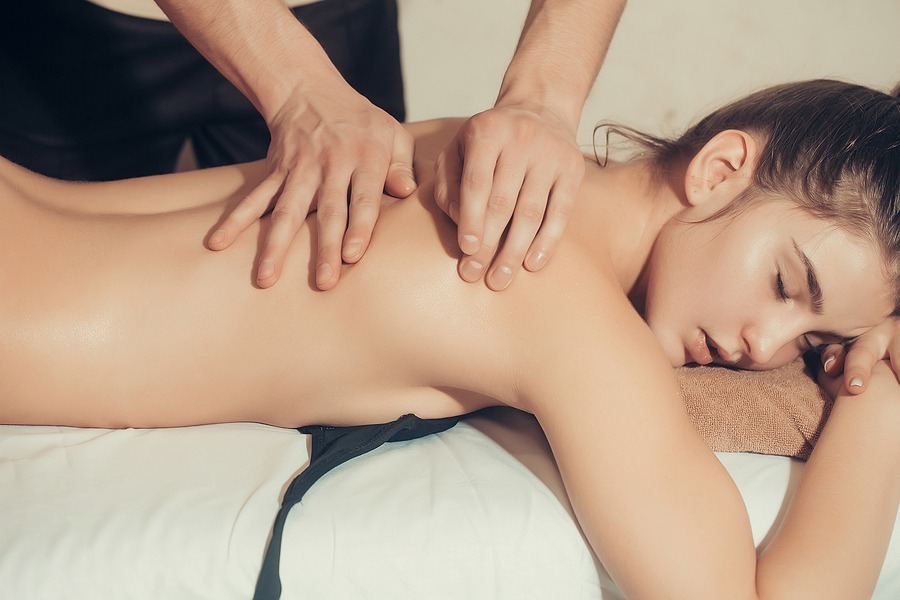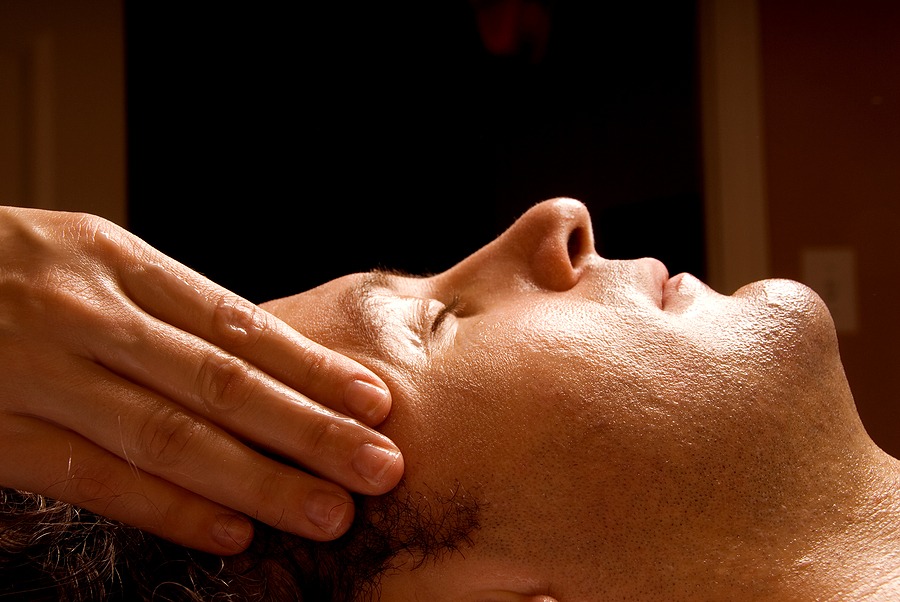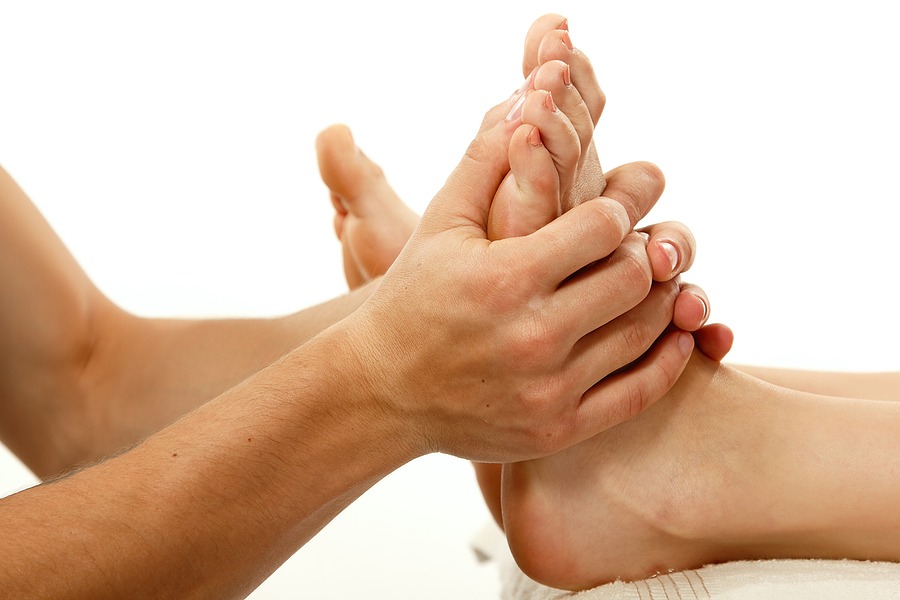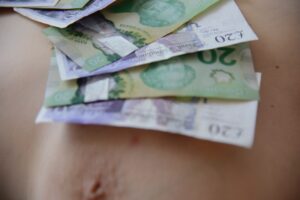
Types of Massage
If you are confused about which types of massage would be good for you in a climate of too much choice, reading this article will take only minutes and give you a very clear answer.
The types of massage advertised online nowadays can be a minefield when a man beaten by the demands of corporate, business, and family life looks for a relaxing massage which isn’t prostitution in disguise. So how does the poor man know which types of massage to choose before researching massage ads?
Table of Contents
Gentlemen, here are the types of massage explained for you:

Swedish massage
This one is the invention of the Swede Pir Henrik Ling. He used his knowledge of physiology to develop a system of treatment that combines massage with physical exercise. This became Swedish massage. Its aim is to restore good health by careful manipulation of muscles and joints.
Manual lymphatic drainage [MLD]
This massage is the legacy of the Danish therapist Dr. Emil Vodder and his wife Estrid since the 1930s. They discovered that gently palpating and moving the skin stimulated the lymphatic system and certainly improved congestive conditions. Hence they developed a system of treatment of the whole body. Manual lymphatic drainage has many implications from self-help for minor swellings to professional treatment of chronic oedema.
The lymphatic system picks up debris and waste from the connective tissue. It consists of a series of lymph nodes connected by lymph vessels. The nodes appear in clusters mainly around the neck, armpits, groin. They contain white blood cells that help to fight infection by filtering out bacteria as the lymph, a watery fluid, passes through the nodes.
Healthy connective tissue nourishes every cell of the body. But when the tissue is congested, nutrition of cells and the flow of waste to the bloodstream slow down.
When MLD stimulates the lymphatic system, the stagnation reverses, the body functions more healthily, and the immune system gets stronger with these types of massage.
Chinese massage
Traditional eastern medicine is based on the belief that life energy flows along channels, or meridians, of the body. In traditional Chinese medicine this energy bears the name of qi. The aim of all treatments, and massage, is to create a smooth flow of qi in the body, and thus promotea harmony and wellbeing.
There are 12 regular meridians. Each one influences a major organ and its functions. Two other meridians trace the midline of the front of the body – Ren (Conception vessel) and the back of the body – Du (Governing vessel). In a healthy person qi is balanced between the opposite but complementary qualities yin and yang. Yin signifies darkness, cold, passivity; yang signifies light, warmth, activity.
Yin meridians run along the front of the body, the abdomen, the inner sides of the arms and legs. Yang meridians run mainly along the back of the body and the outer sides of the arms and legs. A massage will balance the left and right sides, the top and bottom, the front and back into a cohesive energetic whole.
Indian massage
The major traditional healing systems in India are Ayurveda and Unani. Both systems consider massage a vital part of life, hence a means of preventing illness, improving circulation, and attaining physical and spiritual harmony. According to both systems all living organisms are defined by fluctuating vital energies known as humours. Each humour contains a combination of five essential elements: space, air, fire, water, earth.
The purpose of all therapeutic treatments, and massage, is to bring these life forces into harmony. If the humours are out of balance, the flow of prana, an invisible life energy that enters the body through food and breath, will also be disrupted.
Most Indian massage includes work on pressure points. There are 107 points on the body. Stimulating these points with various massage techniques affects the internal organs and systems. This concept is similar to that of Thai massage and shiatsu.
Thai massage
Good health depends on a balanced flow of life energy called prana through an invisible network of channels in the body. These channels are called sen lines and are similar to the Chinese meridians. Ten out of 72,000 sen lines in the body are the most important in Thai massage.
A Thai masseur tries to achieve perfect balancing of energy by stretching the sen lines. He uses the hands, feet, and elbows to apply pressure to key points along them. The belief is that the physical body is the vehicle through which we can reach the emotional or psychic body. The masseur traditionally performs the massage in a meditative mood. He begins with a prayer and works with full awareness and mindfulness.
Eastern head massage

An immensely popular throughout the East. In India, China, Singapore, and Turkey most barbers and hairdressers will automatically offer a scalp massage. The word shampoo derives from the Hindi word capna, meaning ‘to press’ or ‘rub’. This ten-minute massage is quite energetic and done on dry hair to avoid stretching the hair.
Shiatsu
literally translates as ‘finger pressure’. This massage evolved in Japan and has origins in traditional Chinese medicine. It is based on the eastern principle that energy of life (ki in Japanese, qi in Chinese) flows through longitudinal meridians in the body. The aim is to apply pressure along the meridians to influence the flow of ki and therefore maintain harmony and good health.
Reflexology

…is another massage based on the theory that applying pressure to specific areas of the feet and less commonly hands and ears can affect internal organs and bodily systems and therefore promote good health. It evolved from the work of an American ear/nose/throat surgeon Dr. William H. Fitzgerald. He was interested in the theory of energy lines, or meridians, and developed zone therapy around 1913. A reflexology treatment is usually immensely relaxing. Not only do most people enjoy having their feet massaged, but stimulating the extensive nerve endings in the feet is also beneficial in itself and can have profound effects throughout the body.
Sarawak Massage
A sequence of gentle kneading movements designed to send waves of relaxation through the body.
Moroccan massage – the last of the traditional popular types of massage
A full body massage can last just 15 minutes and consists mainly of fast stroking. The vigour of the strokes forces the body and mind to let go and is therefore useful for revitalizing rushed and also hyperactive people.
Qualified masseurs and unqualified prostitutes now advertise thousands of types of massage. It seems to be enough to put any exotically sounding word in front of ‘massage’ and a marketing sensation is born. I am qualified in and offer all the types of massage that I described here. These types of massage have been around for thousands of years, many as long as Ayurveda – the science of life and first medical system from which even allopathic medicine derived. I like getting quality, hence I give and stick to quality proven, tried, and tested by many civilisations over the millennia. Would you like to talk about having a massage?
Conclusion
Now you finally have the basic education on the most traditional and proven types of massage.
Any types of massages will be relaxing, beneficial, rejuvenating. What matters even more than the type of massage is the attitude, care, and healing effect of the masseuse. So, dear reader, choose carefully, especially in a world in which people even in the healing professions care more about inanimate things than human beings.
ritten by Kay-Lauren of https://light-bringer-world.com/.
Holistic companion, massage, coaching, healer by intimacy for professional men over 35 London UK – Toronto – international

